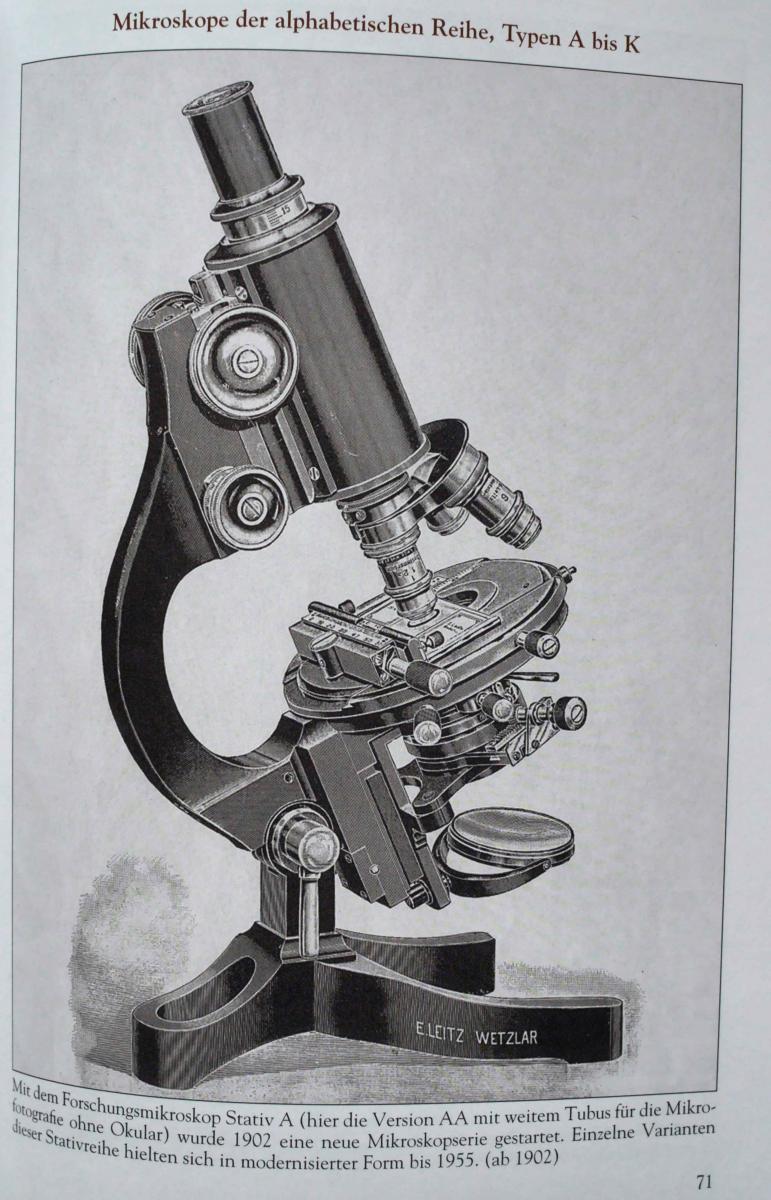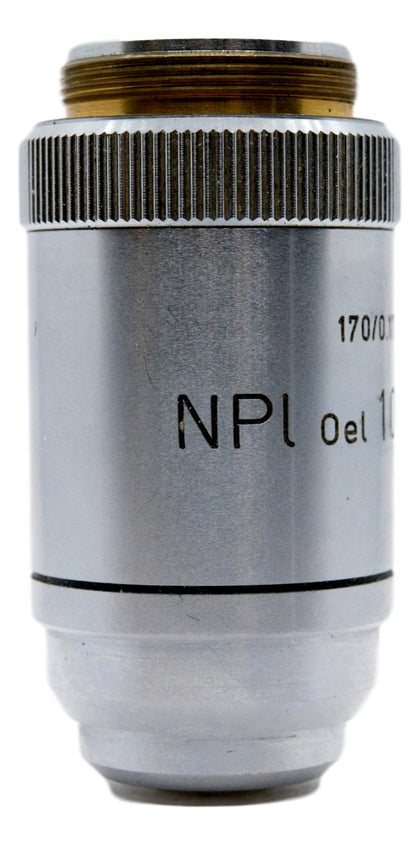
I recommend every family with children get a microscope and telescope. We are lucky enough today, however, that most families can afford to have a microscope and telescope far better than anything Hooke, Galileo or Newton would have had and indeed, better than many research instruments earlier in the 20th century. Microscopes and telescopes are, of course, important instruments for scientists today. Reflecting telescopes could therefore gather more light. ( The Galileo Project - The Telescope.) Curved mirrors could be made with greater diameters than lenses. Around 1671 Isaac Newton developed a reflecting telescope that used a curved mirror, instead of a lens, to collect the light. Galileo's microscope used lenses and was a refracting telescope. He also observed the phases of Venus and sunspots. In 1609 Italian Galileo Galilei used 3X, 8X and 20X telescopes to observe the Earth's moon, as well as four of the moons of Jupiter. As indicated above, Janssen was also responsible for the development of the microscope. Sacharias Janssen, from the same city, also developed a telescope at the about the same time. Hans Lipperhey and Jacob Metius of Middelburg in the Netherlands developed telescopes in 1608. Not coincidently, the advances in lenses also lead to the telescope being developed in the early 1600s. They generally cost at least hundreds of thousands of dollars and are used by universities and other research institutions. These use electron beams instead of light to create an image. Besides light microscopes, scanning and transmission electron microscopes were developed starting in the 1930s. Without the microscope, major advances in biology and medicine in the 19th and 20th centuries would have been impossible. Molecular Expressions Microscopy Primer: Museum of Microscopy has photos of exquisite microscope designs from the 16th through 20th centuries. Major photographic lens makers have also been involved in making microscopes including Zeiss, Nikon and Olympus. (See generally - Microscopes.) Major improvements occurred in the late 1800s and early 1900s. Anton van Leeuwenhoek expanded on this work observing bacteria from the mouth and protozoa from pond samples.

In his 1665 book Micrographia Hooke used the term "cell" in observing cork, the bark from a certain oak tree. Further work was done by Robert Hooke and Anton van Leeuwenhoek in the later half of the 17th century (1600s). The first microscopes were developed around 1590 by Hans and Zacharias Janssen. In my Photograph and Math article I start my discussion of aperture with telescopes since they generally have a fixed focal length and a single aperture making the analysis easier. All the principals of camera lenses generally apply to microscopes and telescopes. Indeed, serious research with telescopes is usually done with sophisticated digital image sensors attached to the telescope.

They are basically the same as lenses, however, and often have film or digital cameras attached. Microscopes and Telescopes are not cameras. Click to go directly to the Microscopes or Telescopes. To read about the history and selection of microscopes and telescopes, read on.

WELCOME TO THE MICROSCOPE AND TELESCOPE SECTION OF THE CAMERA MUSEUM. Camera Museum - Microscopes and Telescopes Camera Museum - Microscopes and Telescopes


 0 kommentar(er)
0 kommentar(er)
